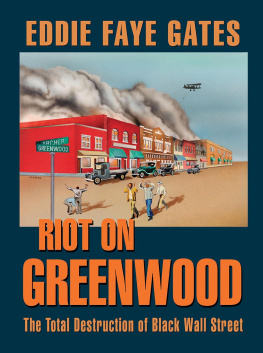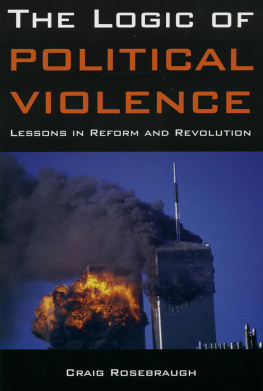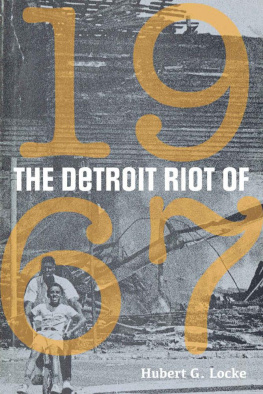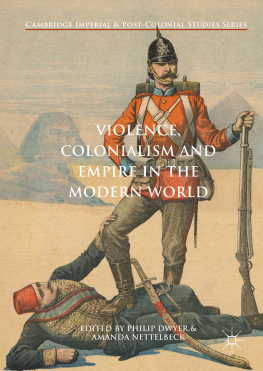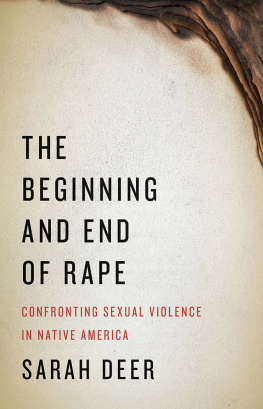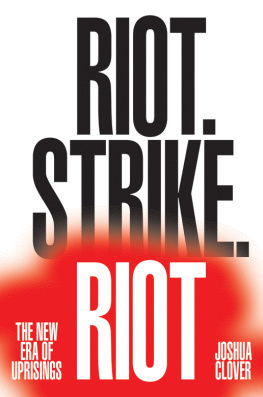Riot!: Tobacco, Reform, and Violence in Eighteenth-Century Papantla, Mexico is an exploration of the Totonac native community of Papantla, Veracruz, during the last half of the eighteenth century. Told through the lens of violent revolt, Riot! is the first book-length study devoted to Papantla during the colonial era. Riot! tells the story of a native community confronting significant disruption of its agricultural tradition, and the violence that change provoked. Papantlas story is told in the form of an investigation into the political, social, and ethnic experience of an agrarian community. The Bourbon monopolization of tobacco in 1764 disturbed a fragile balance, and pushed long-term native frustrations to the point of violence. Through the stories of four uprisings, Jake Frederick examines the Totonacs increasingly difficult economic environment, their view of justice, and their political tactics. Riot! argues that for the native community of Papantla, the nature of colonial rule was, even in the waning decades of the colonial era, a process of negotiation rather than subjugation.
The second half of the eighteenth century saw an increase in collective violence across the Spanish American colonies as communities reacted to the strains imposed by the various Bourbon reforms. Riot! provides a much needed exploration of what the colony-wide policy reforms of Bourbon Spain meant on the ground in rural communities in New Spain. The narrative of each uprising draws the reader into the crisis as it unfolds, providing an entre into an analysis of the event. The focus on the community provides a new understanding of the demographics of this rural community, including an account of the as yet unexamined black population of Papantla.
Cover illustration: Carl Nebel, Papantla: Pueblo de Indios Totonacos, 1836. Originally published in Carl Nebel, Voyage pittoresque et archologique dans la partie la plus intressante du Mexique par C. Nebel, Architecte. 50 Planches Lithographies avec texte explicatif, Paris: Chez M. Moench, imprim chez Paul Renouard; 1836; lithograph by Jules Monthelier (18041883), after a drawing by Carl Nebel (18051855).
Jake Frederick is associate professor of history at Lawrence University in Wisconsin. He has published articles on native political factionalism and race in colonial Mexico in Ethnohistory, The Americas, and the Journal of Colonialism and Colonial History. His next book, Sister Republics: Money and the Making of the United States and Mexico, written with Dr. Tatiana Seijas, is to be published in Spring 2017.
Copyright Jake Frederick 2016.
Published in the Sussex Academic e-Library, 2016.
SUSSEX ACADEMIC PRESS
PO Box 139
Eastbourne BN24 9BP, UK
and simultaneously in the United States of America and Canada
All rights reserved. Except for the quotation of short passages for the purposes of criticism and review, no part of this publication may be reproduced, stored in a retrieval system or transmitted in any form or by any means, electronic, mechanical, photocopying, recording or otherwise, without the prior permission of the publisher.
British Library Cataloguing in Publication Data
A CIP catalogue record for this book is available from the British Library.
ISBN 978-1-78284-349-8 (e-pub)
ISBN 978-1-78284-350-4 (e-mobi)
ISBN 978-1-78284-351-1 (e-pdf)
This e-book text has been prepared for electronic viewing. Some features, including tables and figures, might not display as in the print version, due to electronic conversion limitations and/or copyright strictures.
Contents
List of Illustrations
Acknowledgements
Introduction
CHAPTER ONE:
A Geographic and Historical Biography of a C a chiqun
CHAPTER TWO:
Los Ausentes: The Ethnic Landscape and Reflections on 1787
CHAPTER THREE:
Cachpat, Cachpat Get him, Get him Collective Violence and the Uprising of 1736
CHAPTER FOUR:
Tobacco for Snuff or Tobacco for Smoking, It is all Vice Bourbon Reforms and the Uprising of 1764
CHAPTER FIVE:
Kill That Dog of an Alcalde MayorRepartimientos and Uprising in 1767
CHAPTER SIX:
A Fractured Pochguin Local Factionalism and the Uprising of 1787
Conclusion
Notes
Bibliography
List of Illustrations
Figures
1.1 Map of Mexico with Papantla Region Inset.
1.2 Map of Papantla, 1581.
2.1 The Meeting of Corts and Moctezuma.
2.2 Juan Garrido and Hernando Corts meeting Aztecs.
6.1 Map of East Central Mexico.
Tables
2.1 Papantla Pardo Militia Rolls, January 1768.
2.2 Racial Breakdown of Burials in Papantla, 17001778.
2.3 Frequency of Occurrence of Male First Names.
2.4 Frequency of Occurrence of Female First Names.
6.1 Partial List of Papantlas Cabildo Officers Serving in 1787.
6.2 Papantlas Totonac Cabildo Officers, 1787 and 1788.
Acknowledgements
Any list of those who deserve my gratitude must begin with my advisor and friend Matthew Restall. No student or scholar could hope to have a more inspiring, more attentive, or more supportive mentor. Though I count myself among dozens of scholars whose careers have been furthered by Matthews consideration, I flatter myself that, as one who helped hang the basketball net in his driveway, I hold a special place.
This project was launched with the generous support of a Fulbright-Garca Robles scholarship and funding from the Pennsylvania State University department of history. As I made my way from location to location in search of material on Papantlas history I was fortunate to receive assistance and support from the staff of the Archivo de Indias in Seville and the staff of the Archivo General de la Nacin in Mexico City, particularly the insights of Roberto Beristein. I was also fortunate to access the varied holdings of Harvard University through a grant from the David Rockefeller Center for Lain American Studies. My study of the demographics of Papantla would not have been possible without the facilities of The Family History Center of the Church of Jesus Christ of Latter Day Saints. Lawrence University has been supportive with both time and money to help this project along. The great generosity of Lawrence alumni Jean Lampert Woy 65 and Richard Woy 64 has been vital in seeing this project to completion.
Over the course of researching and writing this book I have been fortunate to receive wide ranging support, from scholarly insights, proofreading and editorial advice, encouragement when the writing was slow, to direct orders to sit down and type. The following colleagues and friends all contributed to completion of this project Phil Rutherford, Randall McNeil, Peter Blitstein, Tatiana Seijas, Ben Vinson III, Emilio Khouri, Antonio Escobar Ohmstede, Michael Ducey, Sheenizah Shah, Alex Kurki, the rotating members of Writing Boot Camp, and David McGlynn, who never lets evidence stand in the way of optimism. I am also thankful to and the anonymous reviewers who provided extensive advice to improve this work.


